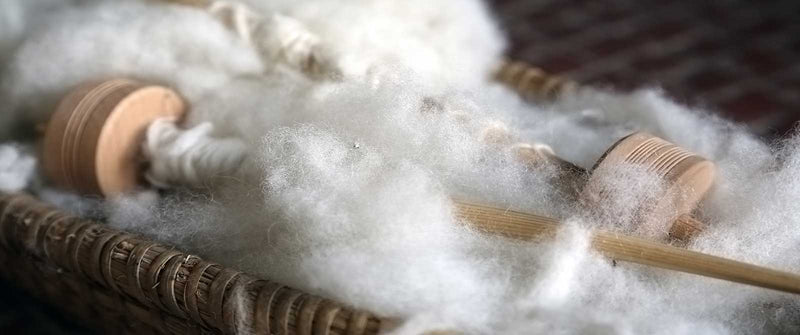Reasons You Have To Require Cashmere an All-natural Fiber for Convenience and Sophistication in Everyday Wear
In the realm of fabrics, few fibers measure up to the luxury and convenience of cashmere. This unique product, recognized for its remarkable gentleness and insulation, provides unmatched comfort and sophistication for day-to-day wear. What establishes it apart from other fibers? Exactly how does it affect the setting and how does it contrast to artificial alternatives? How can one best utilize cashmere to raise their style? These interesting inquiries lay the structure for an informing exploration into the globe of cashmere.
Comprehending the Extravagant Nature of Cashmere

Evaluating the Comfort Element of Cashmere Clothing
What top qualities highlight the comfort factor of cashmere garments? The soft qualities of cashmere is the initial high quality to think about. Its plush texture makes it really feel like a second skin, providing heat without the weight or itching connected with other woollen items. Additionally, cashmere's unique fiber structure permits for breathability, controling temperature and avoiding overheating. The product's versatility and durability ensure that it mold and mildews against the body comfortably, keeping its shape with time. Cashmere's hypoallergenic residential properties also add to its comfort, making it an ideal selection for sensitive skin. Last but not least, the capability to layer cashmere pieces without bulkiness heightens the comfort factor. In essence, the convenience of cashmere is stemmed from its gentleness, breathability, resilience, hypoallergenic nature, and convenience.

The Environmental Impact and Sustainability of Cashmere
While the convenience and style of cashmere are unquestionably appealing, it's similarly crucial to consider its partnership with the setting. Cashmere manufacturing, mostly in Mongolia and China, entails elevating cashmere goats, which can dramatically stress breakable meadow communities because of overgrazing. This can result in desertification, a pressing environmental concern. The processing of cashmere, entailing cleaning and dyeing, can additionally add to water contamination if not appropriately taken care of. Nonetheless, efforts are being made to develop lasting cashmere manufacturing techniques, such as rotational grazing and cleaner processing strategies. Therefore, while cashmere has ecological influences, its sustainability mainly depends upon production techniques.
Contrasting Cashmere to Synthetic Fibers: A Cost-Benefit Evaluation
Despite its environmental obstacles, cashmere provides an unique set of benefits over synthetic fibers. On the cost side, cashmere is indisputably a lot more pricey because of its labor-intensive production process. The benefits make it worth try this site the investment. Cashmere's all-natural fibers offer unparalleled gentleness and warmth, equating right into convenience that artificial fibers have a hard time to match. Furthermore, cashmere pieces are extremely durable, appealing long life that offsets initial costs over time. Unlike artificial fibers, cashmere does not contribute to microplastic contamination, making it an extra lasting selection. On the other hand, synthetic fibers, while more affordable upfront, supply much less convenience, have much shorter lifespans and pose ecological issues. Thus, when examining cost-benefit, cashmere's remarkable high qualities make it a rewarding financial investment for day-to-day wear.
Designing Tips With Cashmere for Everyday Beauty
Having actually considered the cost-benefit evaluation of cashmere compared to artificial fibers, it ends up being clear site why this luxurious material is a popular option for many. When styling cashmere for daily elegance, simplicity is vital. Inevitably, the inherent sophistication of cashmere makes it a functional enhancement to any kind of closet, effortlessly improving day-to-day clothing with a touch of luxury.

Final Thought
In enhancement, cashmere's sustainability and reduced environmental effect contrasted to artificial fibers further enhance its charm. Spending in cashmere garments is a rewarding decision for sustainability, design, and comfort.

Comments on “Exploring the Origins of cashmere and Its Role in Current Fashion”